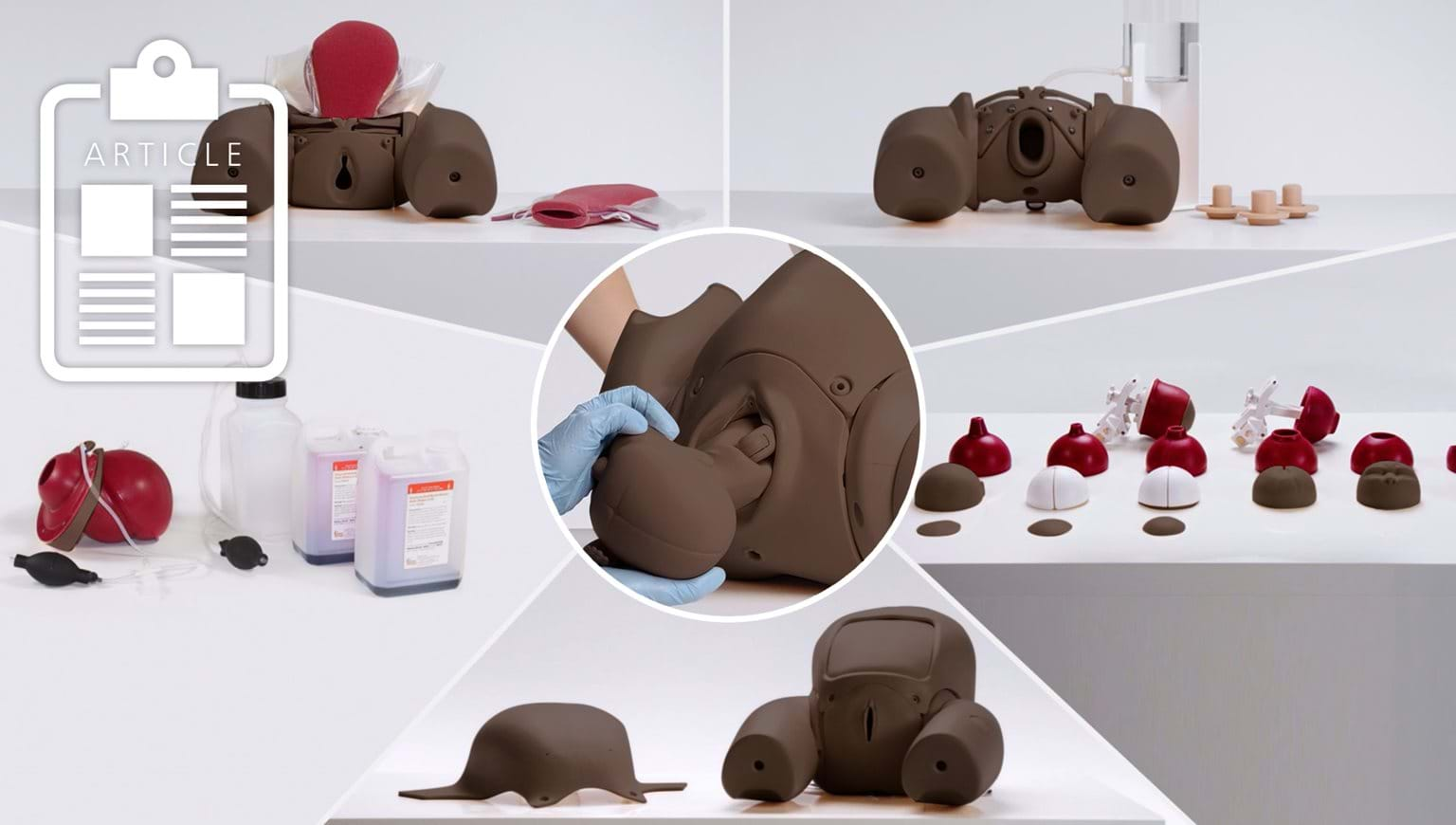News
Simulation training for improving technical skills in obstetric emergencies
12 August 2020
In maternity care, most maternal deaths occur during the intrapartum period and most complications cannot be predicted. Timely diagnosis and appropriate response require considerable skill to prevent death.

There is strong evidence to suggest that skilled emergency care in response to obstetric complications (hemorrhage, sepsis, hypertensive disorders of pregnancy, prolonged or obstructed labor and uterine rupture) is critical in the reduction of maternal mortality.1
Our series of articles throughout the last two months have highlighted specific obstetric emergencies and the way in which our PROMPT Flex Range can support to improve birthing outcomes for mother and baby.
In addition to simply being readily available in healthcare and training settings across the globe, the PROMPT Flex Range, and specifically the PROMPT Flex Birthing Simulator, have been cited in a plethora of studies ratifying its effectiveness in conjunction with suitable training.
A study conducted at the Hind Institute of Medical Sciences in India using the PROMPT Flex Birthing Simulator concluded that by capitalising on simulation-based learning, teachers were able to deliver ‘more effective teaching’2. When birth suite clinicians take part in best practice training, outcomes for women and their babies improve. It also helps to manage risk within health services, and improve teamwork contributing to a healthier, safer community.
Similar studies involving the PROMPT Flex Birthing Simulator also wield similarly positive results in the United States. The Journal of Perinatology used the PROMPT course and adapted it to local practices at the Kansas University Hospital. The PROMPT training was consistently associated with a progressive decrease in the rate of brachial plexus injuries, cesarean section births and episiotomy. As well as avoiding negative instances in active births, the training encouraged communication throughout the department, and its implantation also avoided exceeding the annual budget for training costs.
Despite the apparent wealth of the United States, the positive performance and cost-effective nature of PROMPT, detailed in the study in Kansas, is important because maternal mortality and morbidity remain a real challenge. Each year an estimated 12,000 women in the USA suffer a complication during pregnancy or childbirth that proves to be fatal. Reportedly, about half of these could be prevented.
The study also states that the inclusion of similar training at undergraduate level, can pre-form training methods that are more likely to stick in the mind of trainees, where other long-term results include improvements to communication and collaboration between different roles in an obstetric environment.
It has also become apparent that negative birthing outcomes in women of color are more common than similar instances in white women. The Centres for Disease Control and Prevention state that African American women are three or four times more likely to die in childbirth than white women, a 243% disparity.3 Considering that on a global scale, white persons are in fact the minority, it makes those statistics all the more alarming and highlights a need for the healthcare and medical simulation society to adapt to a world that is considerably and consistently diverse.
Working with key opinion leaders across the world, the PROMPT Flex range was developed and continuously improved to support the training of obstetricians, midwives and anesthetists using simulated maternity emergency scenarios. The addition of the PROMPT Flex Birthing Simulator and all its accompanying modules in a dark skin-tone further enhances its versatility whilst also providing a platform to address the monumental issues women of color are experiencing in active childbirth across the world.
“We’ve found through our research that teamwork is more than knowledge and skills. In fact team work training must be combined with clinical training to be effective.”4


